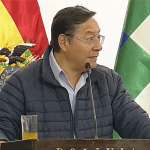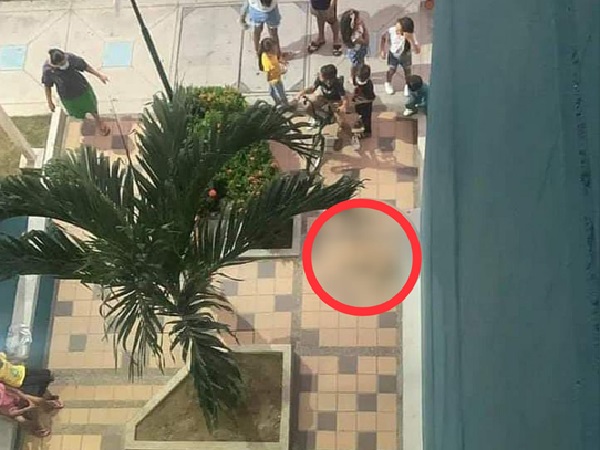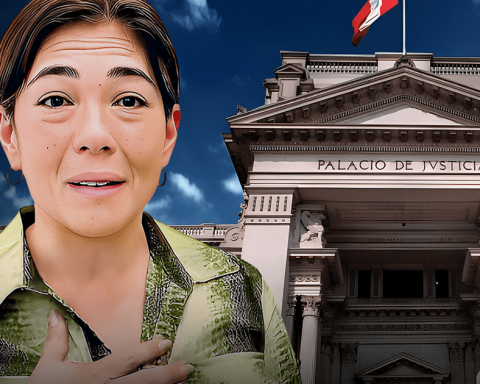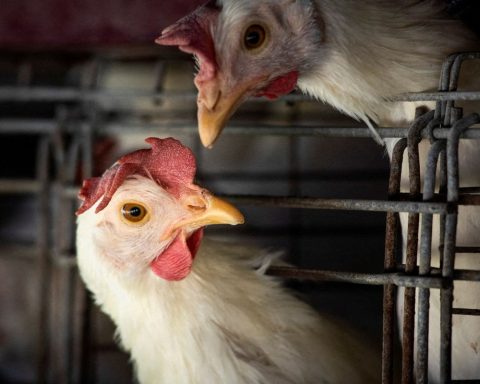The touchless airport
Taking into account the pandemic, Sedena has sought for people to touch surfaces as little as possible, which is why it has implemented technological methods to achieve this.
On the second floor of the terminal, where people will board the planes (which until now will only be from Viva Aerobus and Volaris. The Venezuelan company Conviasa will join in May), there will be seven access gates to the documentation area, where You will find five with 20 conventional counters, which in turn will have four drop offs to speed up the registration process.
Later, in the security area, there will be 14 inspection lines with security scanners, which will allow people not to take off clothing or objects that they bring with them, since when passing through the scanner they can be clearly identified. This will help reduce the time spent in the filter and prevent swapping.
(Jesus Almazan)
With the same objective, a biometric system will be used to be able to enter the rooms without having to touch the tickets or hand them over to security personnel. The restrooms will also operate with motion sensors.
The entrails of the Santa Lucia airport
According to the military engineers, one of AIFA’s priorities was its safety against earthquakes. In the structure, 1,300 insulators were placed on the columns to dissociate the movement of the building from the ground, “the structure remains in the same place while there is an earthquake, which prevents the building from failing,” says Jorge Adán Díaz , first captain assistant construction engineer of the AIFA.
This allows the work to have up to 30 centimeters of movement. Its installation delayed the work for three months at the beginning, but allowed a saving of more than 1,000 tons of steel.

(Jesus Almazan)
The structure also has thermal diffusers, “the gradient of Santa Lucía varies a lot, in the mornings it is very cold and in the afternoons very hot, they will allow the temperature to be adequate, approximately 23 degrees Celsius,” says Giovanni Mendoza.
Learn about the progress of the new Santa Lucía airport
Regarding the infrastructure for the aircraft, along the air terminal, which has a measure of 1,090 meters, there are 14 bridges that will serve as points of contact with the aircraft. In total there will be 45, with 12 remote platforms and five open at the ends.
International flights will be carried out in the north, national flights in the south and domestic flights in the center. All aircraft will fly on category III runways, which indicates that operations without decision altitudes are allowed. That is, you can take off and land even in fog or poor visibility; “They are more than 1,600 meters apart, two parallel lines that allow for simultaneous operations,” explains Jorge Adán Díaz, first captain, AIFA assistant construction engineer.















